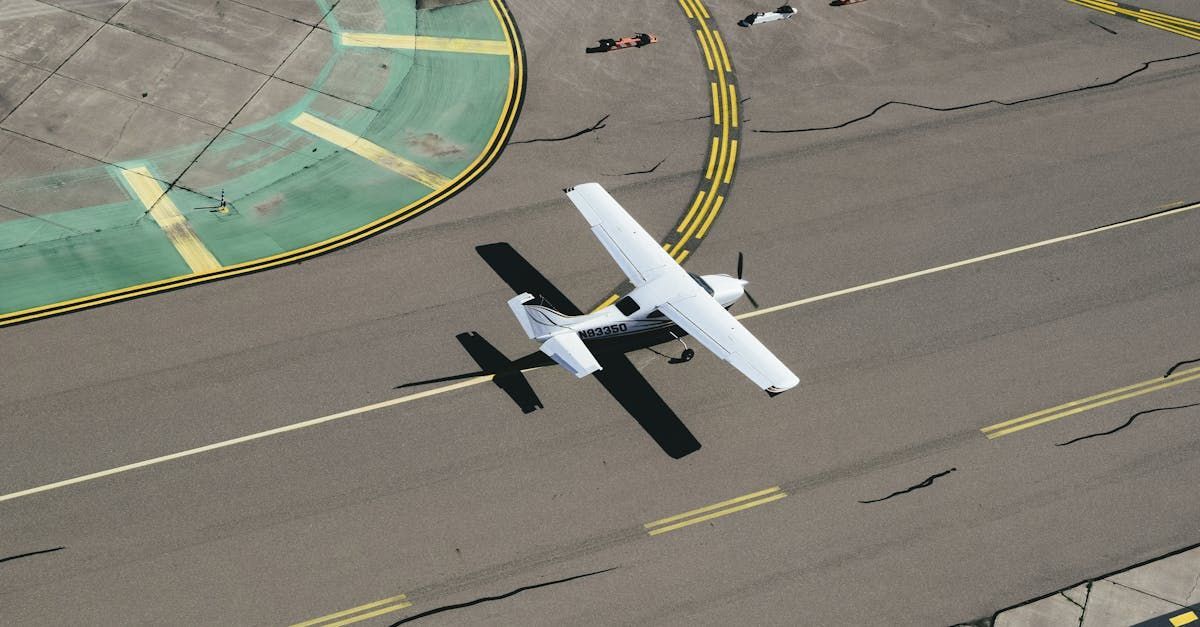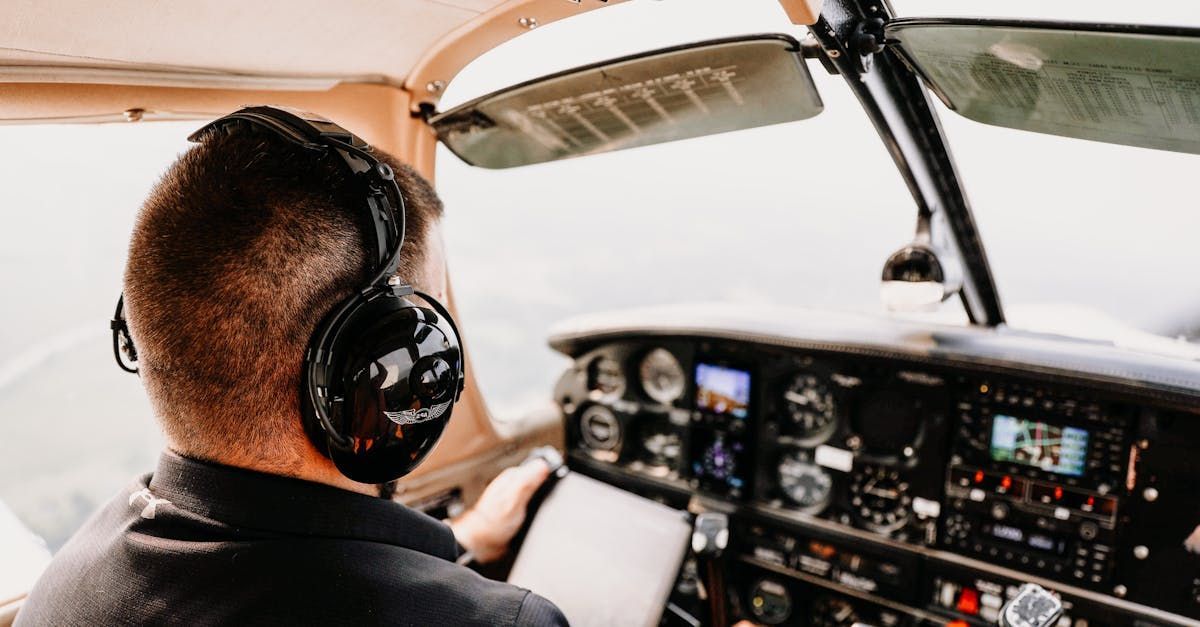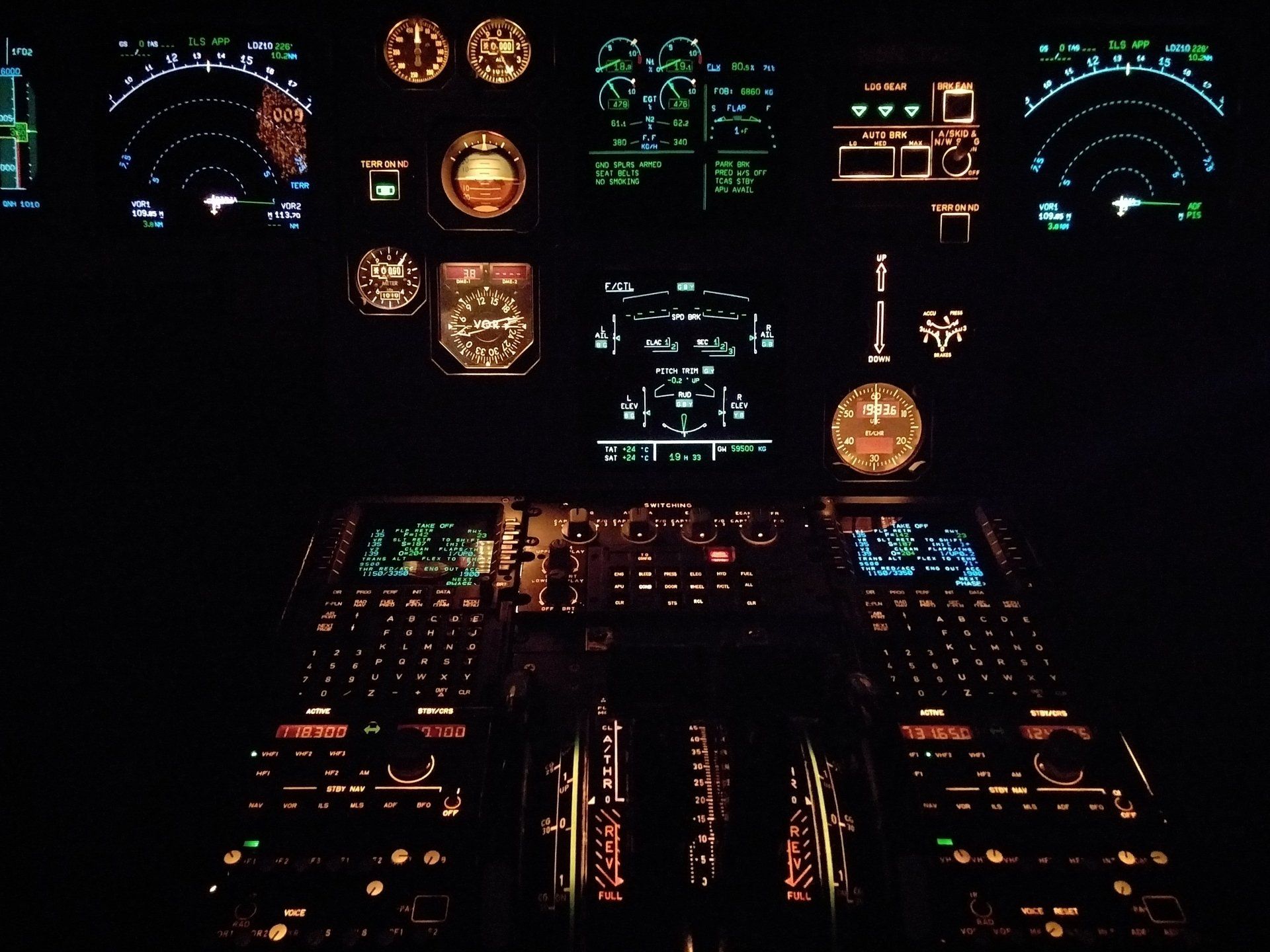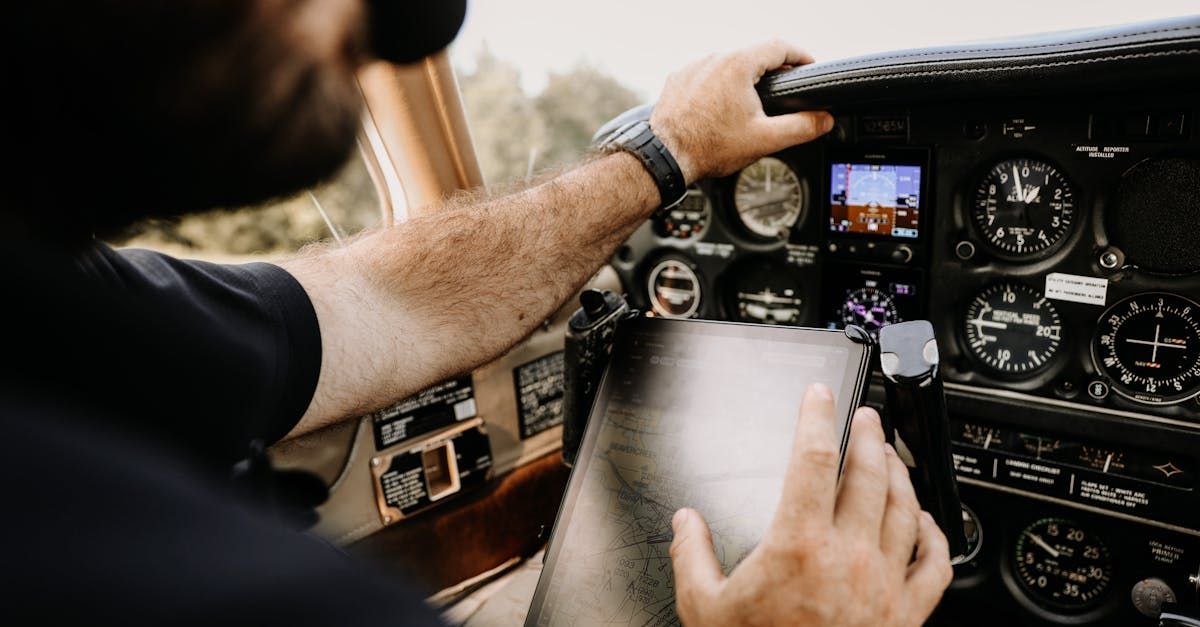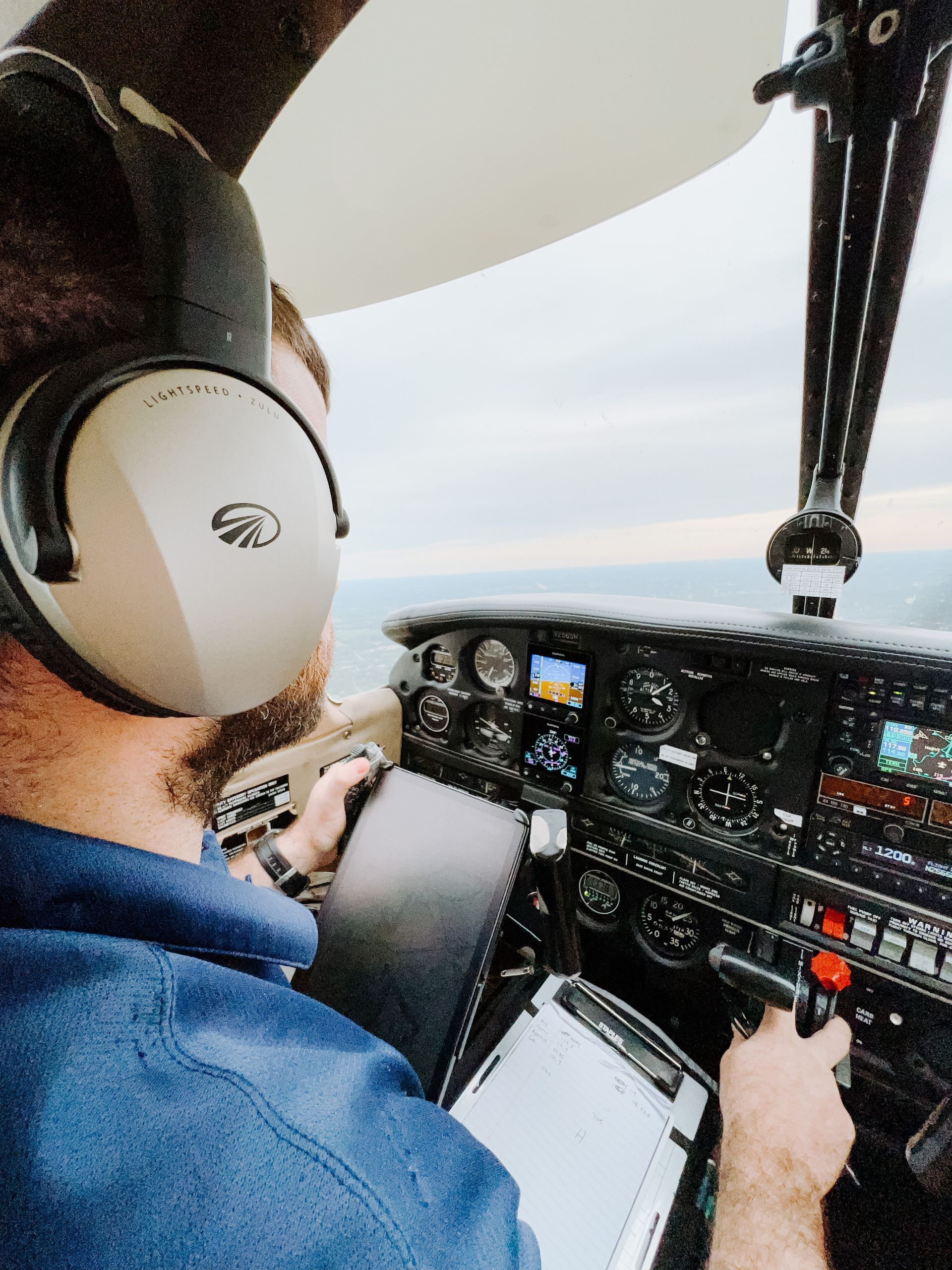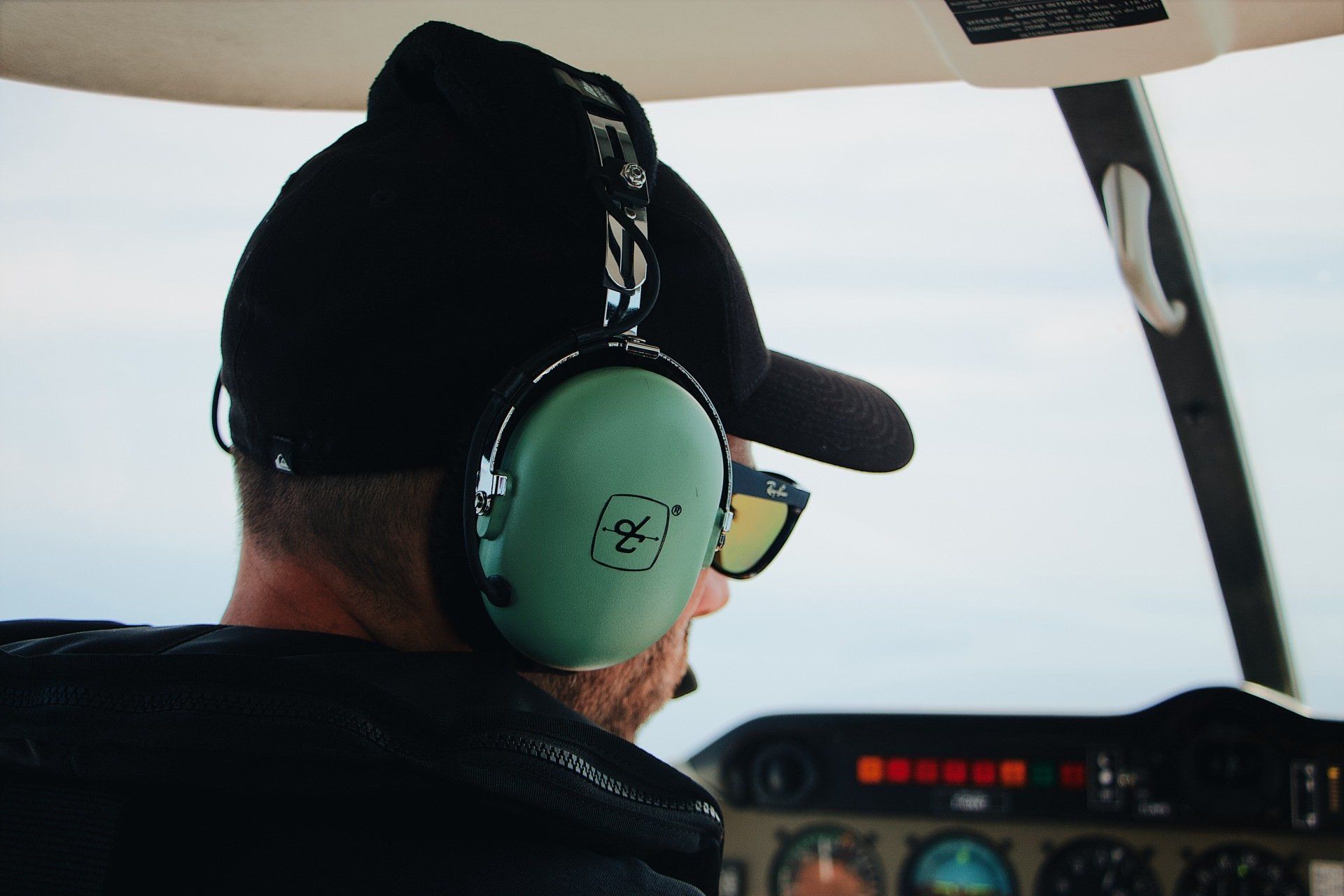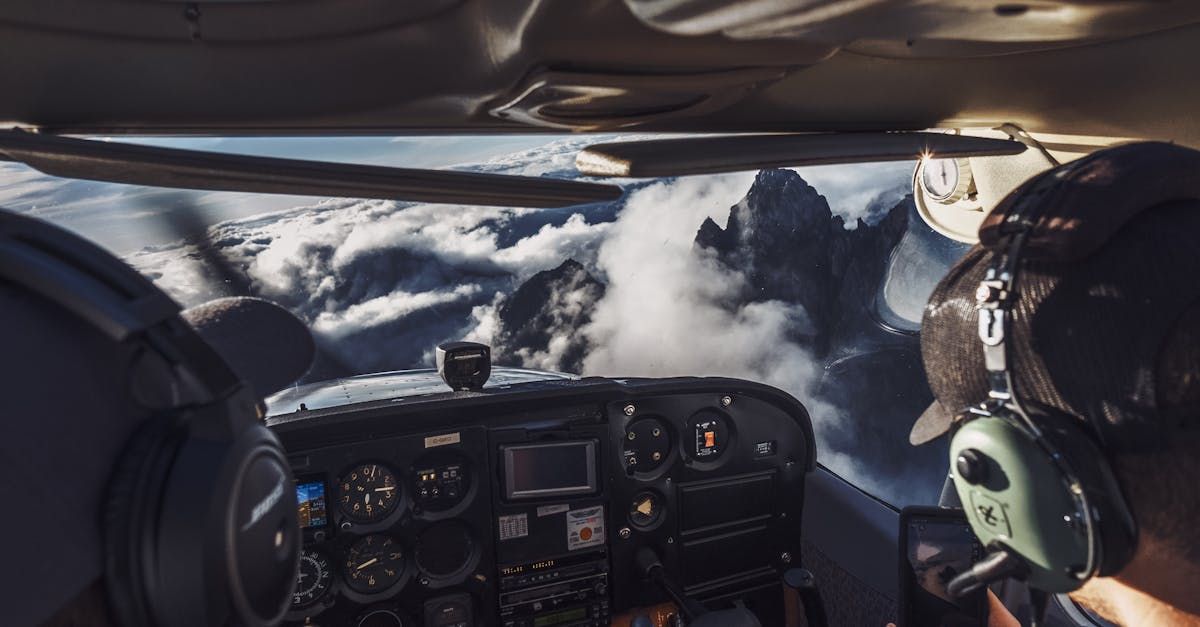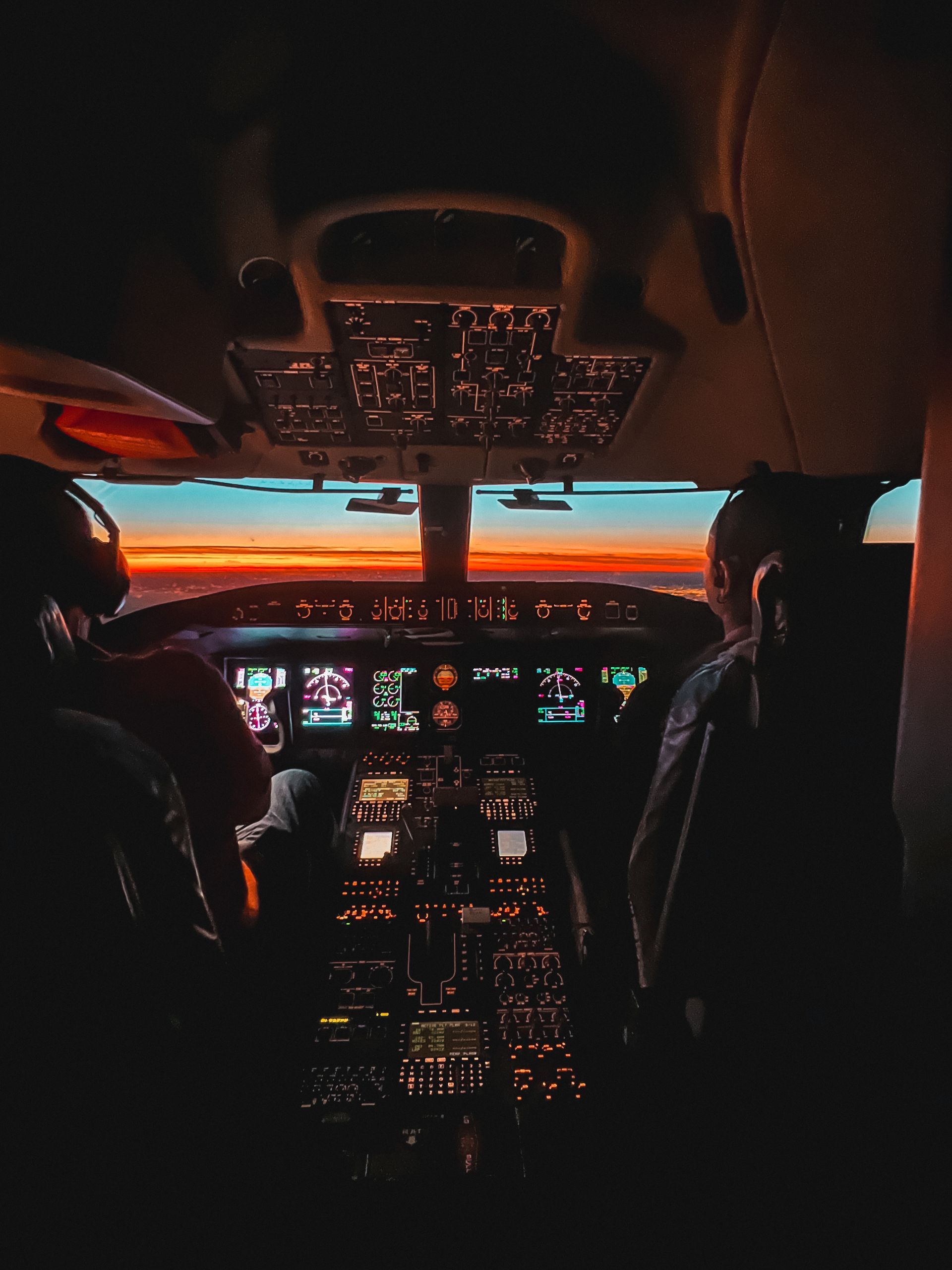What options do I have for getting qualified to fly?
General Aviation and Recreational Aviation

You can obtain a pilot's licence through a variety of routes. The fundamental distinction is if you want to be a pilot for a living, for professional reasons, or just for fun.
The Recreational Aviation Australia (RAAus) Pilot Certificate might be the ideal place to start if you want to learn to fly solely for enjoyment. However, it’s important to understand the limitations and restrictions of this certificate when you’re considering the path you want to take.
It’s essential to choose what best meets your requirements, and then proceed. This way, you will get the result you want much sooner and it’s likely to cost you less.
The various licenses are as follows:
- Recreational Pilot Certificate (RPC) issued by RAAus
- Recreational Pilot Licence (RPL) issued by CASA
- Private Pilot Licence (PPL) issued by CASA
- Commercial Pilot Licence (CPL) issued by CASA
- Multi-Engine Aircraft Rating & Instrument Rating (these are not licences and are known as ratings. They are an essential part of being able to get a job in the industry as it allows you to fly aircraft with more than one engine and in IFR conditions) issued by CASA
- Air Transport Pilot Licence (ATPL) issued by CASA
You can find out more about RAAus and what they do for recreational and sport aviation by clicking here. If you want to learn more about CASA, click here and you can search their website to learn about the role they play in Australian general avaition.
DDAC Instructor


